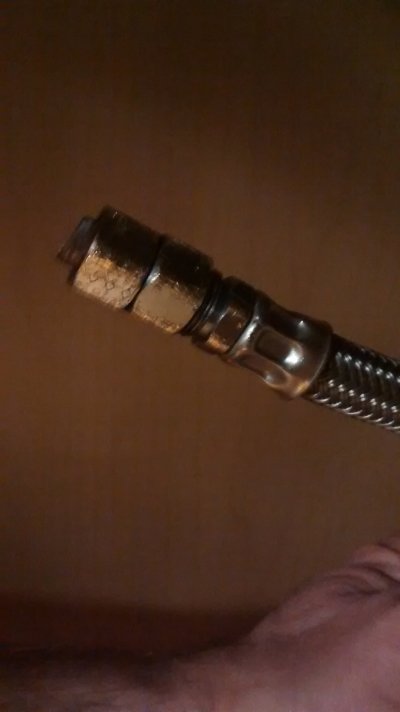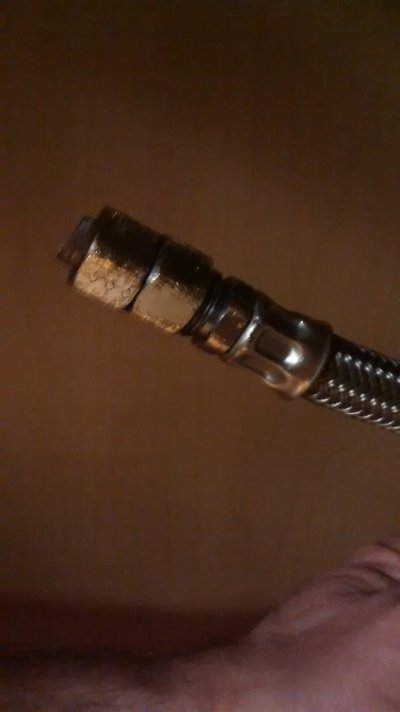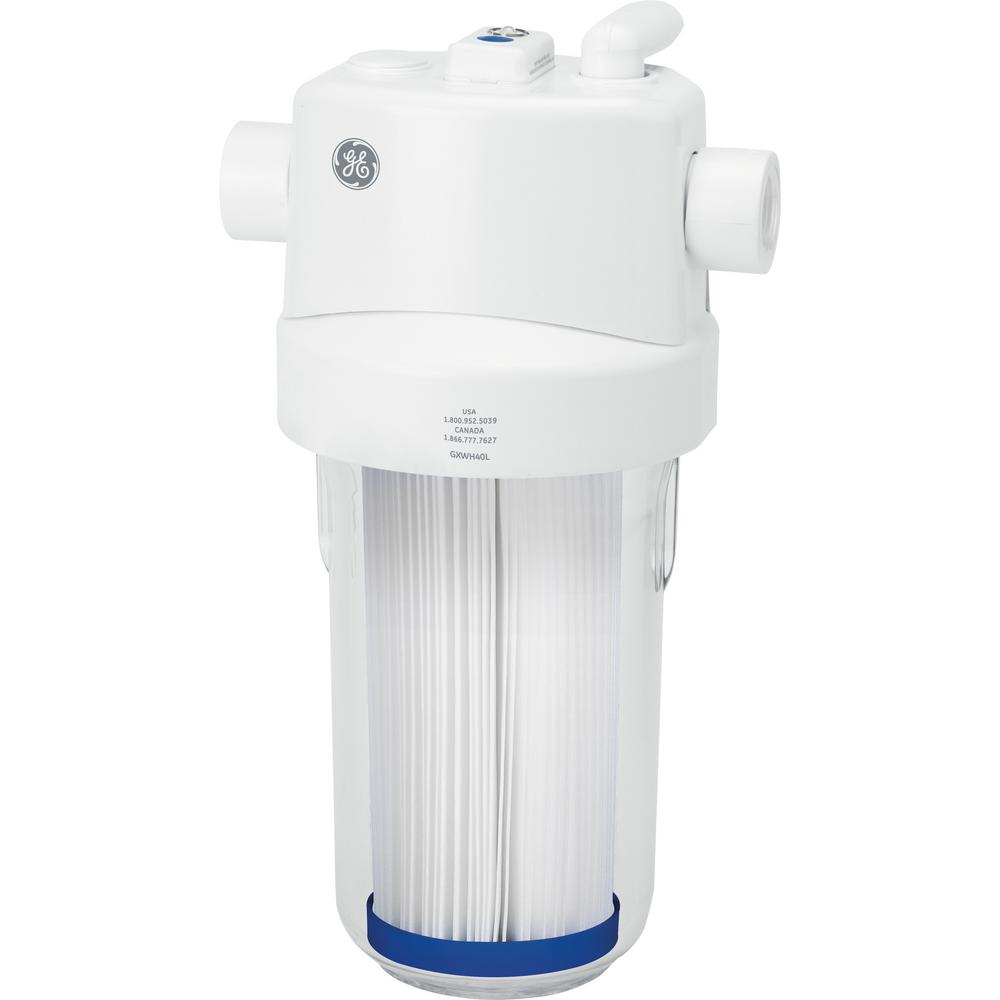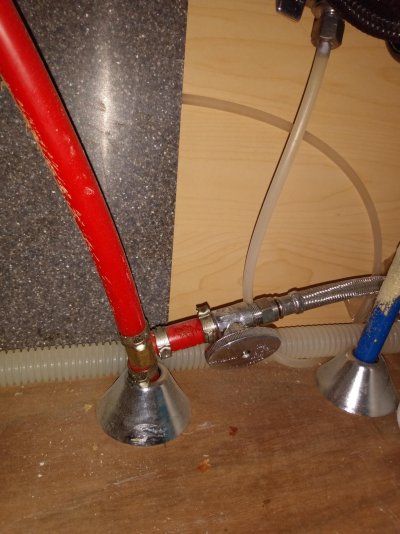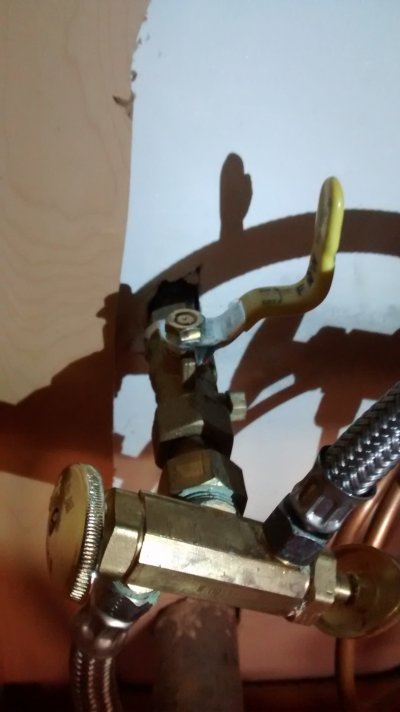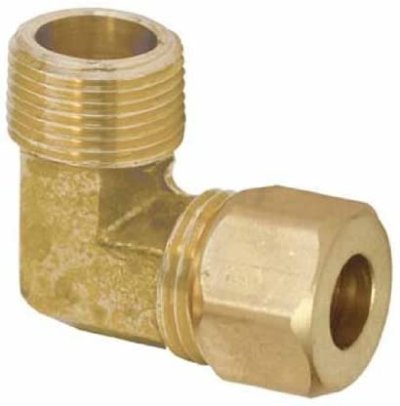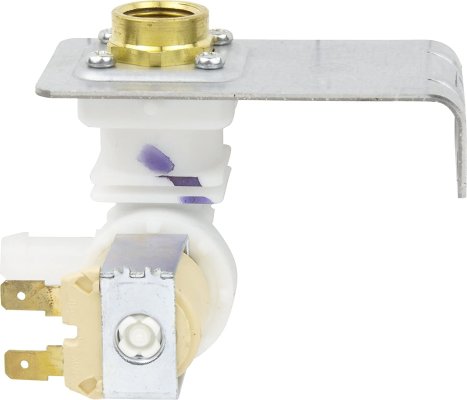Vincenzo Corleone
Full time employment: Posting here.
- Joined
- Jul 20, 2005
- Messages
- 617
So, for about the fourth or fifth time in 13 years, the water intake valve on my dishwasher failed. I suspect the failures were due to sediments in the water line (a problem I have no control over, since I live in a high-rise building). The time in between failures was about a year or two (maybe even up to three).
The last time the water intake valve failed, I decided that I had enough of forking over hundreds of dollars to Miele to replace the valve and to do the job myself. I found YouTube videos on how to do this using an inexpensive Frigidaire inlet valve available on Amazon. The replacement went well, and the new valve worked for about three months, after which the valve started leaking. The producer of the YouTube video suggested that the cause might be that the water pressure is too high for the valve. Great. I took the valve apart to clean out any sediments but it didn't help - I suppose the valve is shot. When I re-connected everything, however, a leak developed from a nut on the water hose connecting the dishwasher valve to the water supply valve.
Anyway, I suspected that I needed a new hose as well and ordered one from Amazon. I knew which one to get as the current one still had the label on it: https://www.amazon.com/gp/product/B005276CY4/ref=ppx_yo_dt_b_asin_title_o00_s00?ie=UTF8&psc=1
So, two things:
1) Can anyone list all of the reasons why the dishwasher valve would start to leak
2) Regarding the water hose leak, on the outlet side of the hose (ie, the side that goes to the dishwasher valve) there are two nuts. When disconnected, the nut nearest to the end freely turns left and right endlessly - you can turn it until you're blue in the face and it doesn't go anywhere - its purpose is to thread with the dishwasher valve and connect the two. Right next to this nut is another nut that's very snug and very difficult to turn, even though available threading exists. The leak is occurring in between the two nuts on the outlet side. I checked my Amazon order and saw that the hose comes with only one nut on the outlet side, which means that the plumber who did the original work, put a different fitting on. Can anyone tell me why this fitting may have been chosen?
The last time the water intake valve failed, I decided that I had enough of forking over hundreds of dollars to Miele to replace the valve and to do the job myself. I found YouTube videos on how to do this using an inexpensive Frigidaire inlet valve available on Amazon. The replacement went well, and the new valve worked for about three months, after which the valve started leaking. The producer of the YouTube video suggested that the cause might be that the water pressure is too high for the valve. Great. I took the valve apart to clean out any sediments but it didn't help - I suppose the valve is shot. When I re-connected everything, however, a leak developed from a nut on the water hose connecting the dishwasher valve to the water supply valve.
Anyway, I suspected that I needed a new hose as well and ordered one from Amazon. I knew which one to get as the current one still had the label on it: https://www.amazon.com/gp/product/B005276CY4/ref=ppx_yo_dt_b_asin_title_o00_s00?ie=UTF8&psc=1
So, two things:
1) Can anyone list all of the reasons why the dishwasher valve would start to leak
2) Regarding the water hose leak, on the outlet side of the hose (ie, the side that goes to the dishwasher valve) there are two nuts. When disconnected, the nut nearest to the end freely turns left and right endlessly - you can turn it until you're blue in the face and it doesn't go anywhere - its purpose is to thread with the dishwasher valve and connect the two. Right next to this nut is another nut that's very snug and very difficult to turn, even though available threading exists. The leak is occurring in between the two nuts on the outlet side. I checked my Amazon order and saw that the hose comes with only one nut on the outlet side, which means that the plumber who did the original work, put a different fitting on. Can anyone tell me why this fitting may have been chosen?
Attachments
Last edited:

